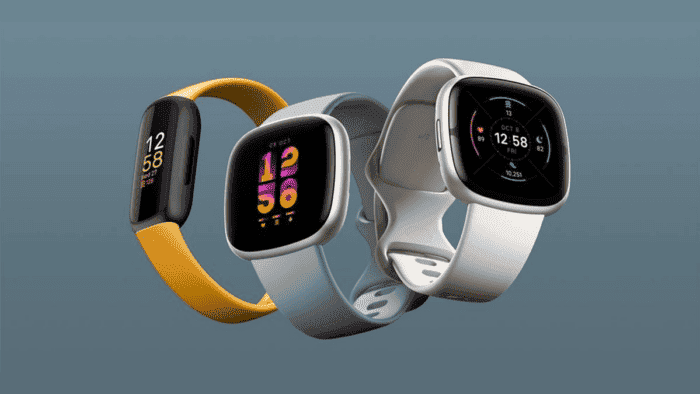When Google announced the acquisition of Fitbit, it was hard to believe in a happy ending for the former wearable company. At the start, we were almost convinced of a bright future. After all, we saw new releases and deeper integration between Fitbit and Google services. However, time passed, and things changed. It’s not a surprise to see a big company buying a smaller one just to extract the good ideas, unfortunately, that is what happened with Fitbit. Apparently, the brand will lose its relevancy, while Google will incorporate all of Fitbit’s legacy into its own Pixel lineup.
As per some reports, that cite sources inside the Fitness community, the company’s fate was first announced in 2019. Despite this, the progressive way in which Fitbit wearables started to lose their features, made the whole thing a lot sad.
The glorious history of Fitbit
Maybe if you’re not into the market of wearables, you probably aren’t too familiar with Fitbit’s story. However, the company has a long legacy in this particular segment. It evolved quite a lot in the past years and entered the market of smartwatches when they became a reality. Fitbit was ahead of the segment, after all, its first “smart device” was launched in 2009. It was not so smart, in fact, it was a simple fitness tracker, but considering what came later, we can say that it was ahead of its time. After all, smartwatches have a great focus on health.
The device was a simple clip-on pedometer that also used a motion detector to track the distance traveled. It could also deliver estimates of calories you’ve burned, and it had a monitor to show you well you’d slept. All these features sound familiar, right? They were later incorporated into the smartwatches we know them.
The pedometer that started it all
The Fitbit pedometer automatically sent all data to your computer via a neat little piece of software that would later be known as Fitbit Connect. The software allowed the users to input their calorie consumption and food on a daily basis. All these features would later reach the modern Fitbit app that we all know.
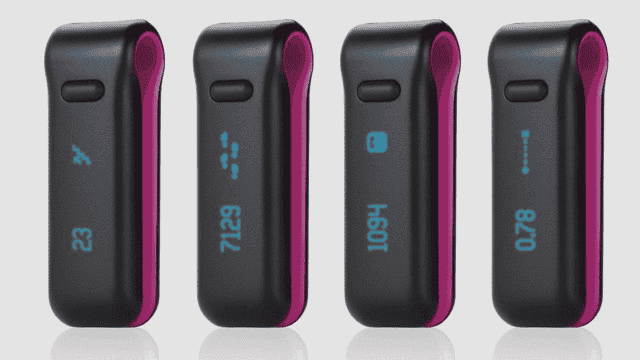
The story of Fitbit in the watch segment became with the launch of the Fitbit Flex. It arrived in 2013 and was pretty much acclaimed by the overall audience. The watch was followed by the Fitbit Force, Charge, and Alta series, as well as by the Ionic and Inspire. The Fitbit Alta was greatly acclaimed by users. The brand became popular among users, showing the first signs of a smartwatch market. Thanks to its powerful fitness-based features.
Fitbit finds the glory in the smartwatch segment – only until the rise of competition
Over the years, the brand launched a couple of new smartwatches and fitness tracks. Now, there are popular names such as the Versa, Inspire, Sense, Charge, and Luxe models. Although it was a starting brand, now by the value of money, the rise of competition has put it somewhere in the between. Apple revamped the segment with the Apple Watch, although it came with a much higher starting price. Then, we saw the launch of several watches at the lower end of the market, especially those from the Chinese party. Thanks to the rise of this competition, Fitbit was placed in the mid of the market and lost some of its relevancy.
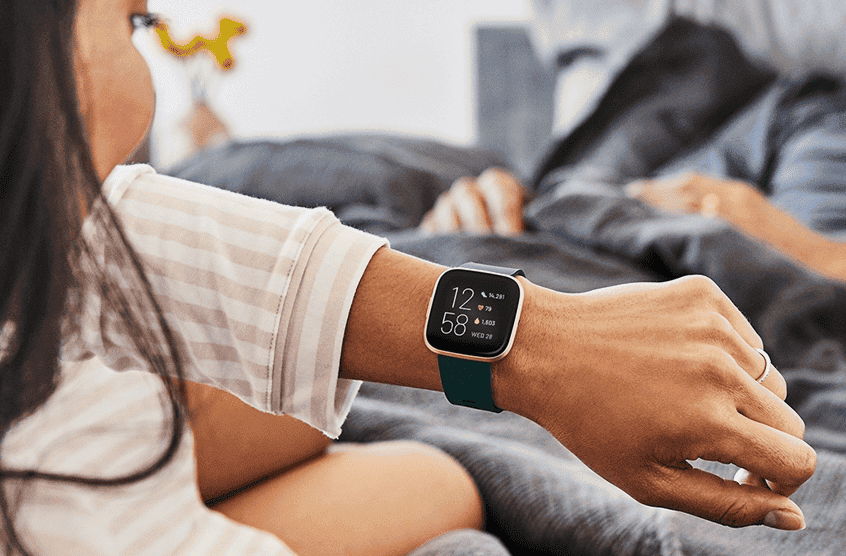
Fitbit Premium was the right move?
As you may know, with a lot more brands, the market became overly saturated. For that reason, Fitbit started to explore other segments in a bid to create distinct sources of income. In fact, in a market full of companies trying to offer the same thing, Fitbit had to select other sources of revenue. In this regard, the company created Fitbit Premium. It was the company’s way to make extra money by offering to users a better overview of data, alongside meditations and guided workouts. Obviously, the Fitbit Premium was not well seen by all users. In a bid to conquer the user base, the company started to offer some premium trials to convince users that Fitbit Premium was relevant enough.
The Fall
By the end of 2019, Alphabet, the giant conglomerate that controls Google came up with an offer for Fitbit. That was a win-win deal for Fitbit, after all, Google would save it from its place in a market completely crowded with offerings. Obviously, Google’s interest was not to simply save Fitbit but to get some of the company’s good ideas and incorporate it into a new, better, product. The search giant was working on its first smartwatch the Pixel Watch. Fitbit’s long collection of health data, and user-friendly approach, would give the search giant some advantages in the launch of its product. The Pixel Watch had a long journey to finally reach the market in late 2022.
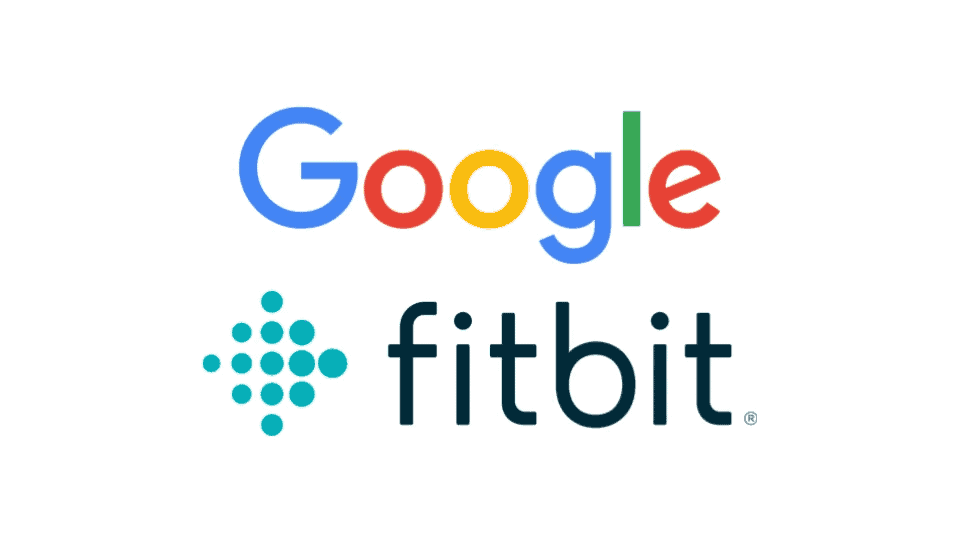
Google Pixel Watch is the future
With the launch of the Google Pixel Watch, Alphabet now has a single product full of rich features. It has all Fitbit’s health technologies and more advanced features like Fall detection. Therefore, it does not need four distinct sizes of Fitbit watches to eat a portion of its sales cake. Instead of simply killing Fitbit with a bullet, Google decided to make it less relevant by slowly removing features. Fitbit as we know is dying in a slow form being deprived of the features that made its name. For instance, the search giant already removed Fitbit Challenges and Groups. That was an interesting feature used by several users, and its removal had a strong impact on the user community.
The support for Pandora and Deezer was also removed, leaving Fitbit users with access to offline music. Also, we saw the removal of the Fitbit Connect. That was the original software used to pair Fitbit devices with the computer. It was useful for uploading the music library, and now it’s gone.
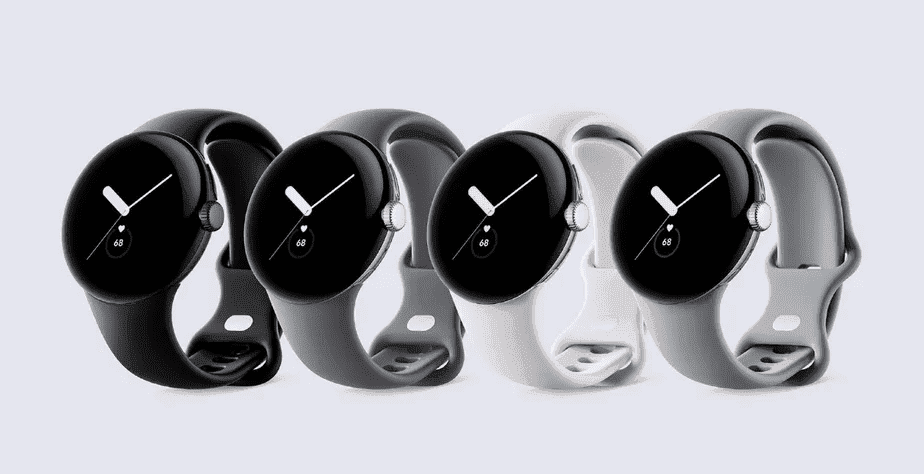
Google also shut down the facility for developers to create third-party apps for Fitbit OS. As a result, it’s difficult to bring new content to the platform. This isn’t a surprise, after all, Google has Wear OS. The software had a long and difficult time trying to convince users. With the launch of the Pixel Watch, Google seriously needs to make users feel attracted to Wear OS. Now, future Fitbit devices are likely to come as simple products without a smart OS.
Now, all those that bought Fitbit wearables for their features, ended with a device that is proof of its smart approach. If you want to get these smart features back, then the only thing you can do is upgrade to a new Google Pixel Watch. Or perhaps, get a smartwatch from a completely different brand. However, those who have been using Fitbit devices will feel tempted to upgrade to a Pixel Watch. After all, it incorporates several of Fitbit’s legacy features.
Fitbit as we know is dead
Fitbit represents the beginning of an era for the smart wearables we all know. Nowadays, everything has become pretty much “usual”. However, the Fitbit health trackers were there before the smartwatches became a thing. Nowadays, the market evolved, and users go to a smartwatch pretty much because of its health-tracking capabilities. Companies are constantly exploring and developing features to push this segment forward. After all, the idea of a smartphone on the wrist did not sell well, but the idea of a device tracking our health and making us better revolutionized the segment.
Unfortunately, there is no bright future for the company that started it all. Since Google is doing everything in a gradual form, we still expect the brand to live a few more years. But it’s inevitable, Google will eventually discontinue these products as soon as the Pixel Watch turns into a definitive replacement. Perhaps, we will see Fitbit alive in some sort of App or Service. That’s possible, but we believe at an end for the brand’s hardware.

